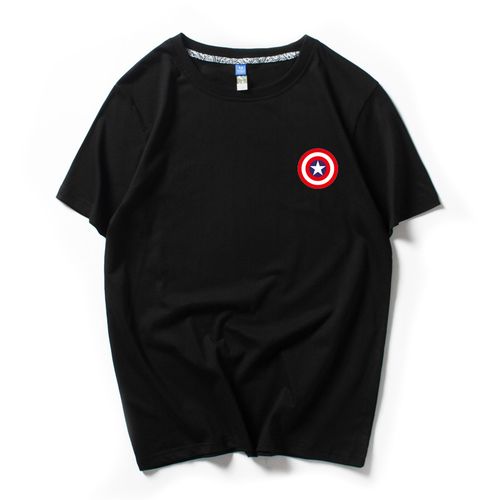Plush fabrics and polyester fabrics are common textile fabrics, and there are some differences in texture, characteristics and uses. Below I will compare the differences between plush and polyester fabrics in detail.
1. Material differences:
– Plush fabrics are usually made of natural fibers, such as wool, rabbit hair, etc. These natural fibers have good thermal insulation and moisture absorption properties, are soft and comfortable to the touch, and are easy to handle and process.
– Polyester fabric is made of polyester synthetic fiber, its main component is polyethylene terephthalate (PET). Polyester fiber has the characteristics of strong wear resistance, good wrinkle resistance, and good washing resistance. It can produce different feel and appearance effects through different production processes.
2. Differences in thermal insulation properties:
– Plush fabrics have better thermal insulation properties due to the structure of natural fibers and the presence of plush. Warming properties. The air layer between the fibers prevents heat loss and keeps the body warm.
– The thermal insulation performance of polyester fabric is relatively poor because there is no plush and air layer between the fibers. However, the thermal insulation performance of the fabric can be increased through processing and design techniques, such as thickening the lining, filling with hollow fibers, etc.
3. Difference in hygroscopicity:
– Plush fabric has better hygroscopicity, and its fiber structure can absorb and release Plenty of moisture to keep skin dry and comfortable. This is very important for wearing in cold environments.
– Polyester fabric has relatively poor hygroscopicity. Its fiber structure is not easy to absorb moisture and easily generates static electricity, giving people an airtight feeling. However, modern technology has improved the moisture absorption properties of polyester fabrics, making them more suitable for different use occasions.
4. Difference in air permeability:
– Plush fabric has better air permeability, and the gaps between fibers can form a natural ventilation layer , allowing the skin to breathe freely and avoid excessive moisture retention.
– Polyester fabrics are usually dense and generally have poor breathability. However, some polyester fabrics are specially treated to add breathable holes to improve air permeability.
5. Differences in durability:
– Plush fabrics are relatively easy to pill, deform and wear, and require careful maintenance and use. Methods to extend the life of clothing.
– Polyester fabric has good wear resistance and washing resistance, is not easy to deform and fade, and has a long service life under normal conditions.
In summary, there are obvious differences between plush fabrics and polyester fabrics in terms of material, thermal performance, moisture absorption, breathability and durability. According to different needs and occasions, choosing the appropriate fabric can provide a better wearing experience and use effect.





